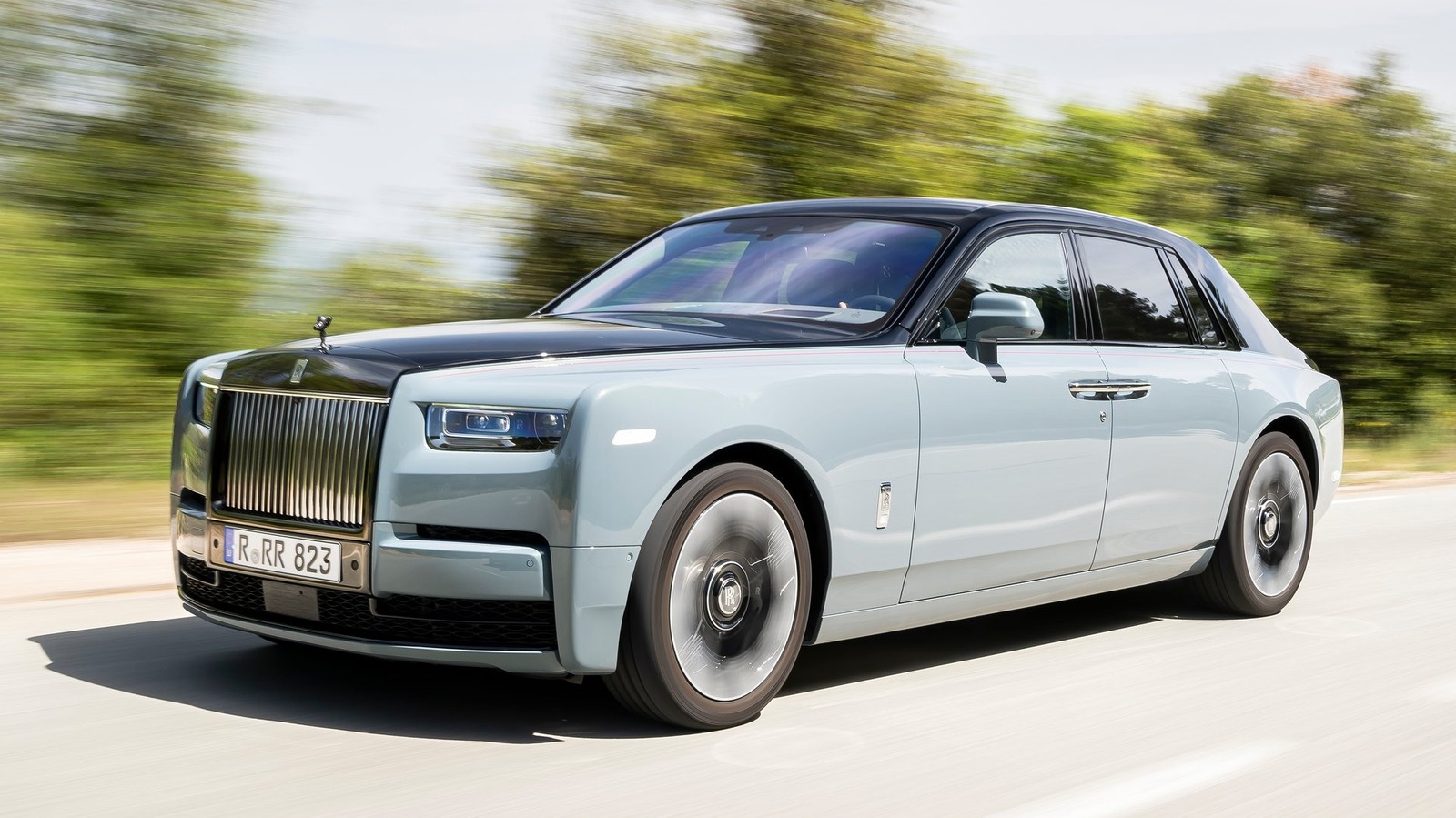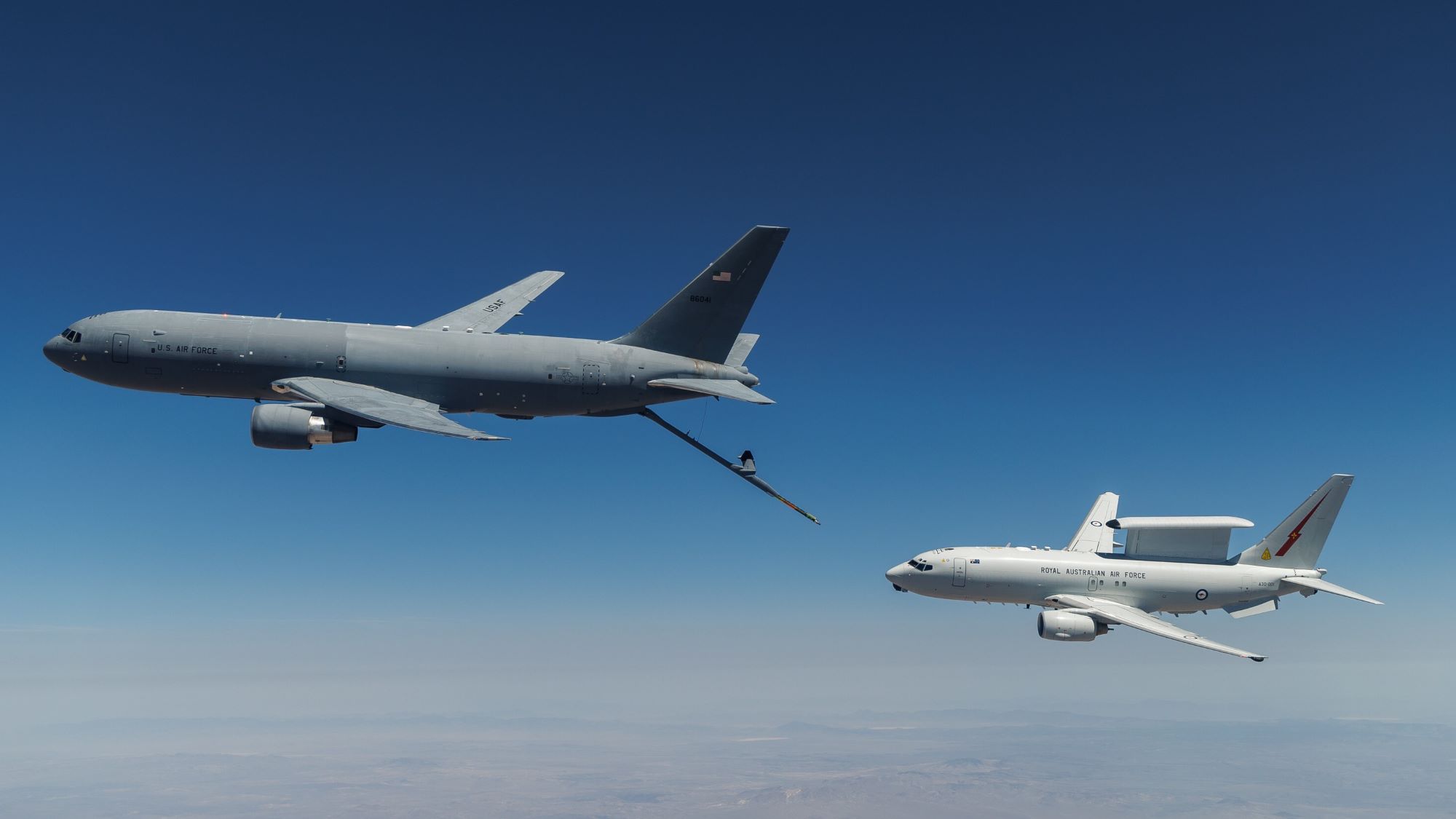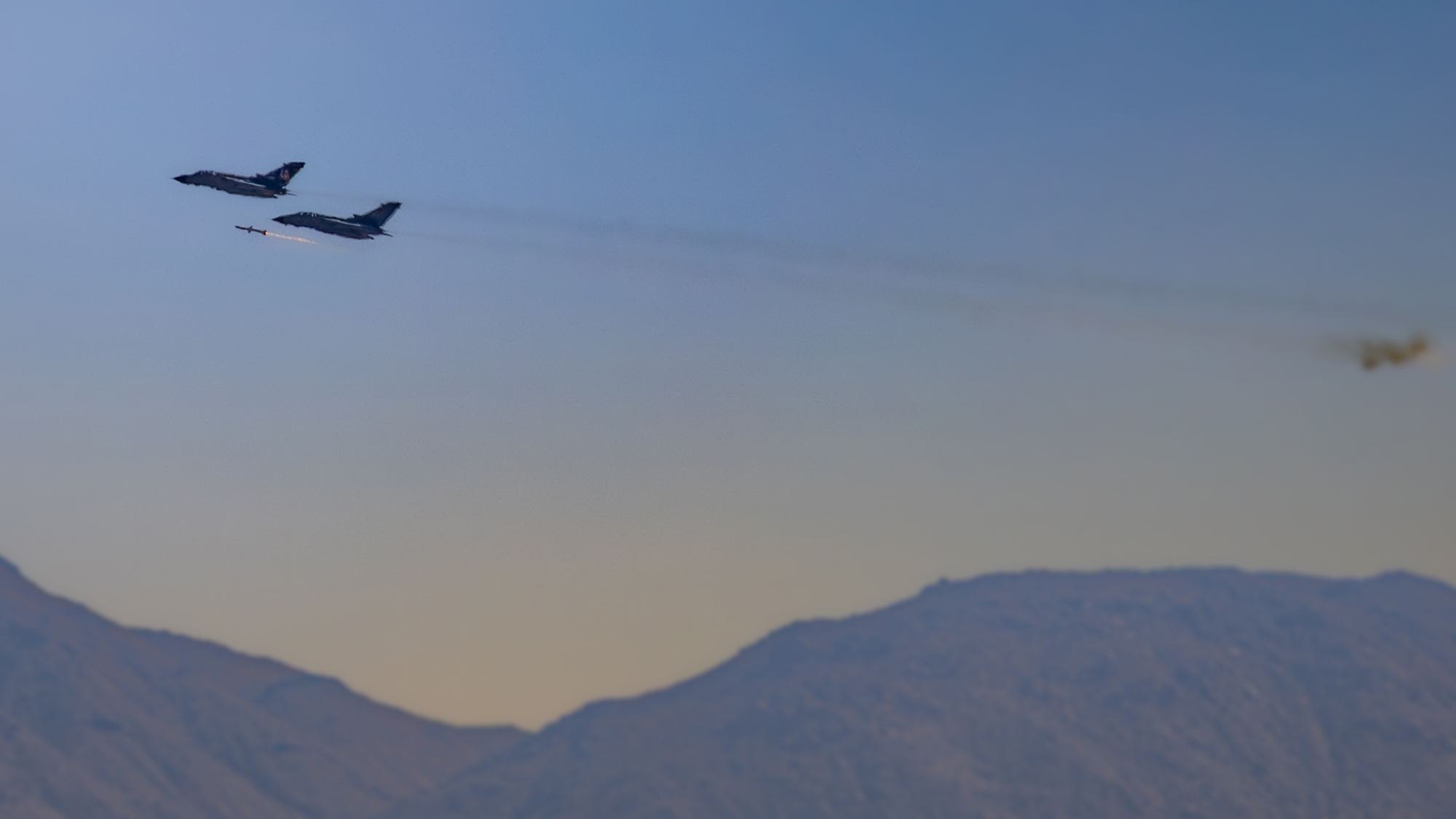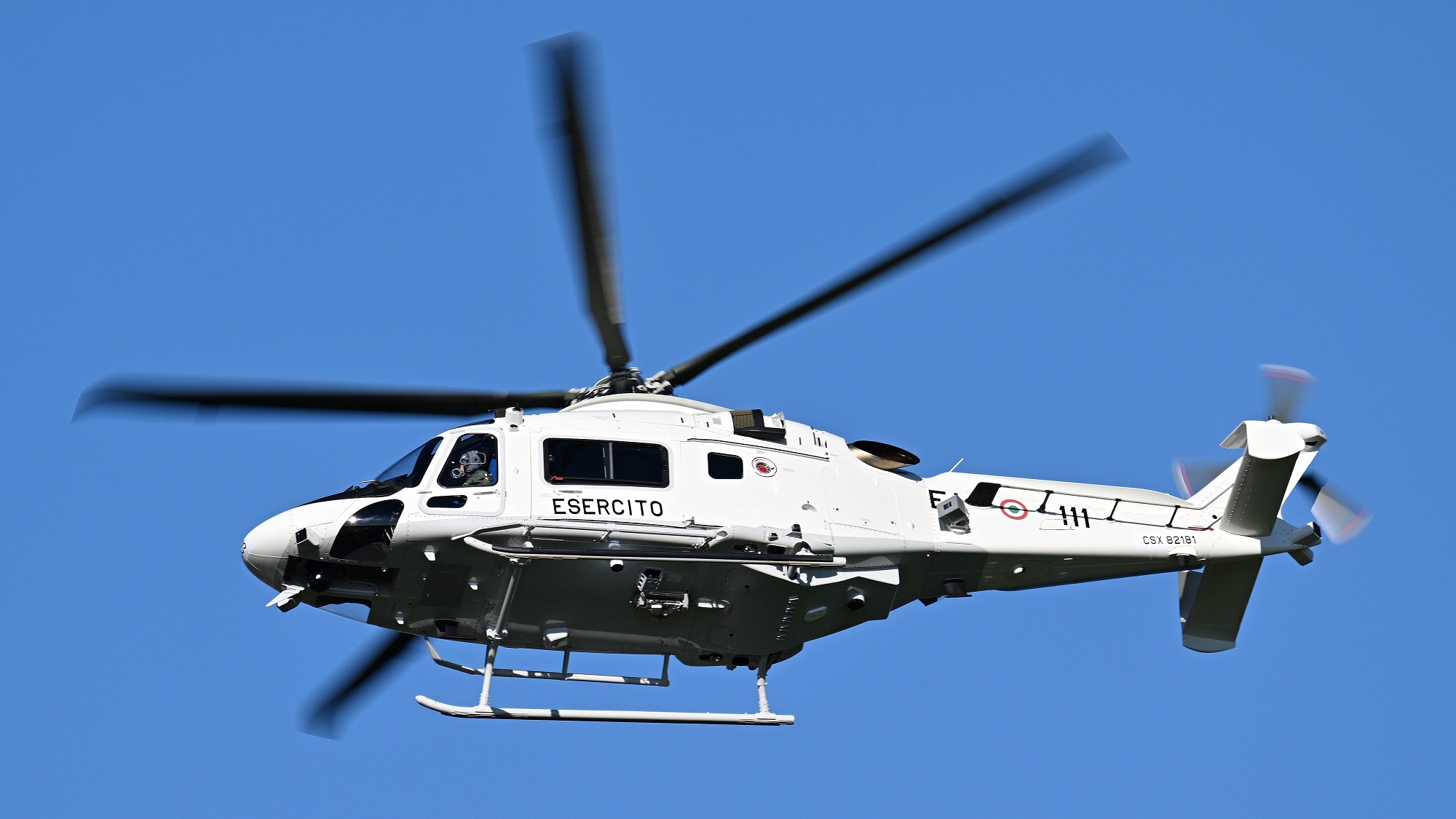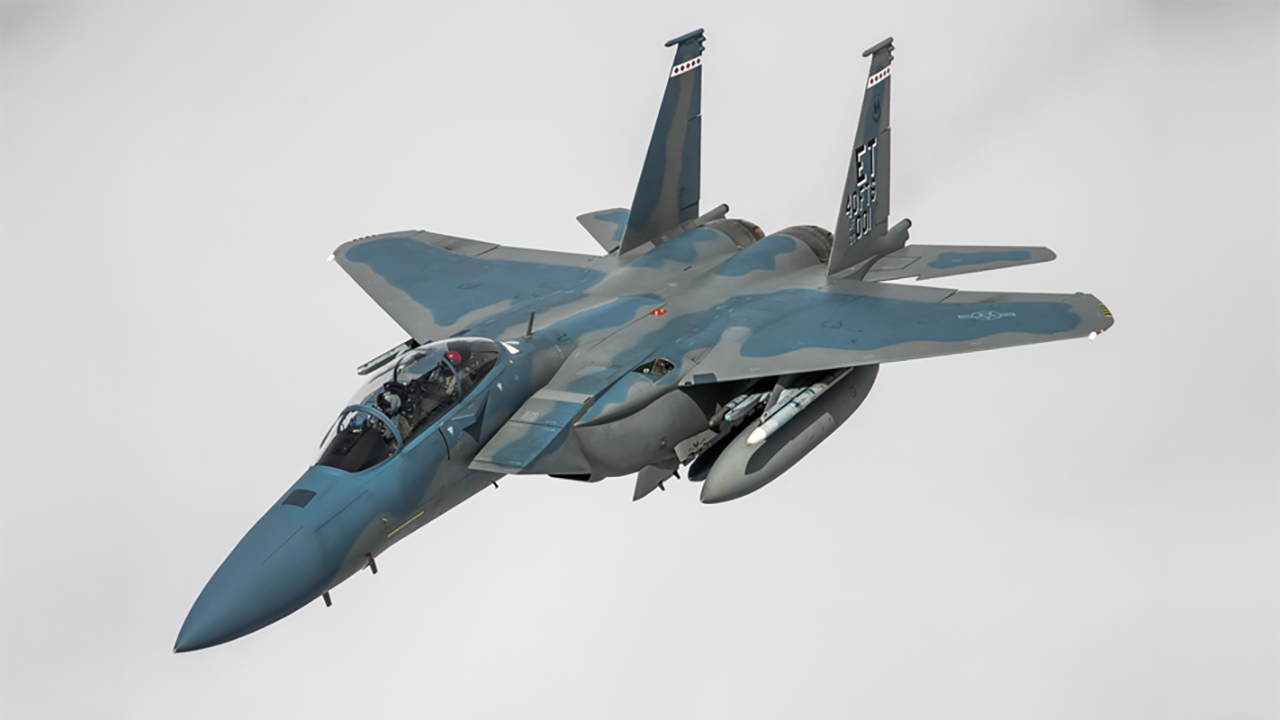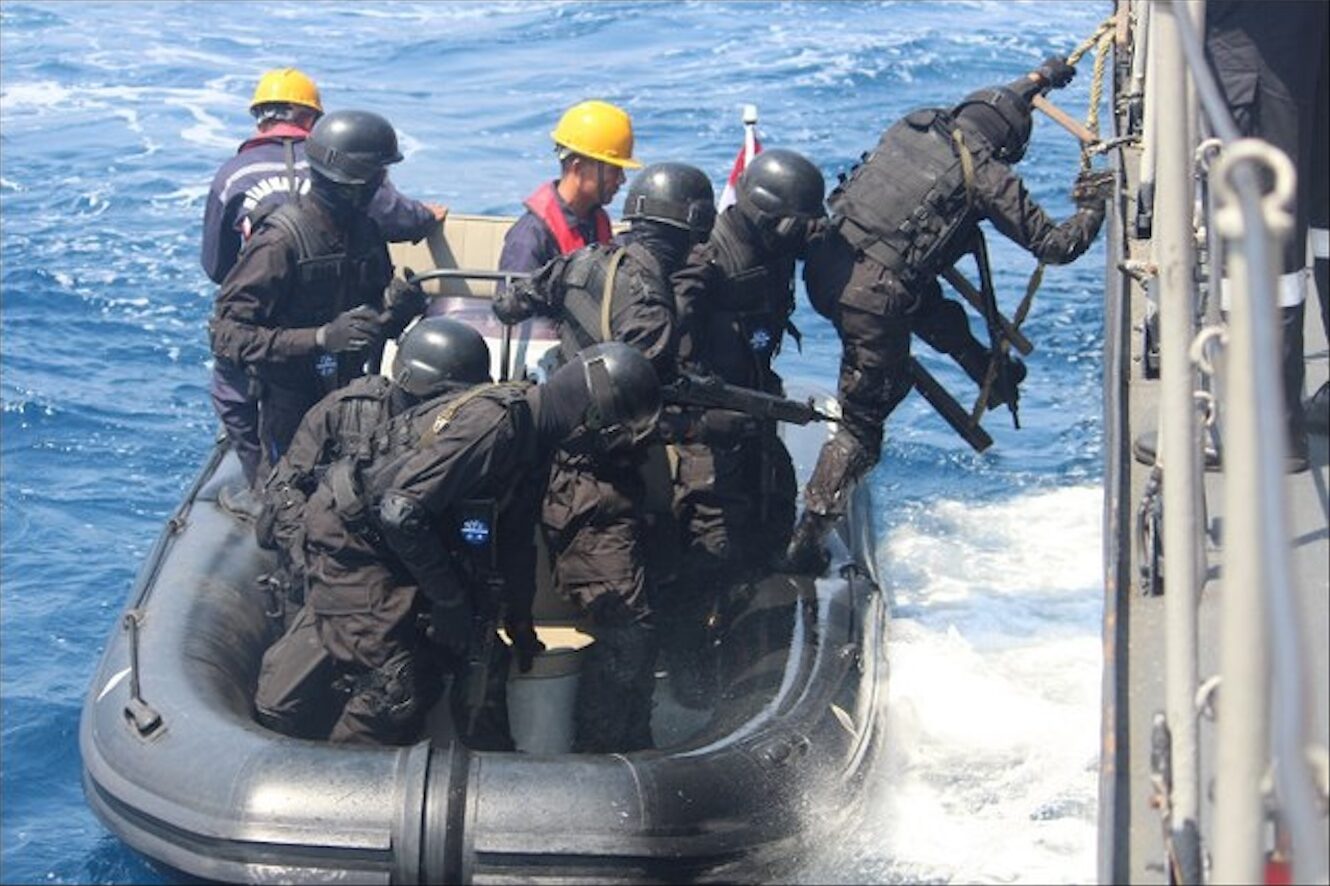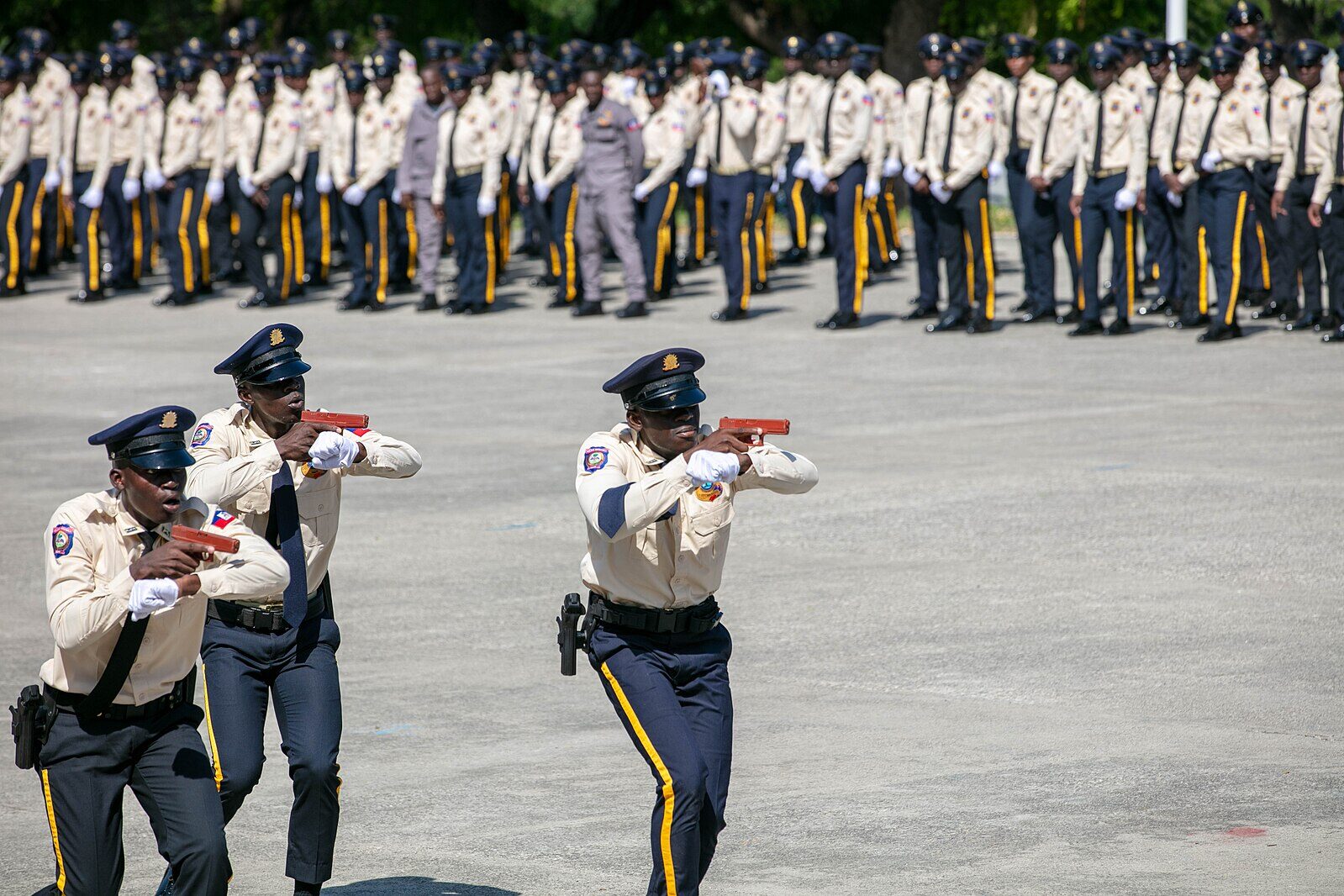Ospreys won’t return to full flight operations until 2026
The program office expects upgraded gearboxes to begin arriving in January.

The military put limitations on Osprey flights after a crash killed eight airmen off the coast of Japan in December 2023. An investigation into the crash found that the aircraft's prop-rotor gearbox, which allows the aircraft to shift between helicopter and airplane mode, failed due to metal weakness.
The V-22 program office plans to start upgrading gearbox components with a stronger, triple-melted steel, a process that “bakes out impurities,” Col. Robert Hurst, V-22 program manager, said Wednesday during the Modern Day Marine conference. The triple-melt steel will reduce inclusions—an impurity that weakens the steel—by about 90%, Hurst said.
Deliveries of the new gearboxes will begin around January, and the service will start resuming full flights operations in the spring, with a goal of fully returning to unrestricted flights for operational aircraft by end of next year, Hurst said.
Last year, officials said the service would get back to unrestricted flights by mid-2025, but that timeline moved after officials opted to upgrade gearboxes across the entire fleet rather than fixing only certain gears, Hurst said.
In addition to stronger steel, the program is pursuing two other improvements for its gearboxes: a redesigned input quill assembly—a part of the gearbox that houses the clutch—and new sensors to monitor failures and give maintainers more information.
The redesigned input quill assembly should mitigate hard clutch engagements, a long-documented problem that caused a fatal June 2022 Osprey crash. And since the program put a flight-hour limit on the current IQAs, Hurst said, there have not been any such clutch incidents.
The new sensors, called Osprey Drive System Safety & Health Instrumentation, or ODSSHI, will report post-flight data to maintainers on the health of the gearbox so they can remove parts before they fail.
Both fixes are currently in development and the service will implement them into the fleet “as soon as it's ready,” Hurst said.
As the program office works on gearbox improvements, officials maintain that the aircraft is doing "absolutely great” and there’s no aircraft better suited for the Marines’ role as the crisis response force, said Lt. Gen. Bradford Gering, deputy commandant for aviation.
The program has also started thinking about what comes after the V-22. Officials said they plan to make a decision in the mid-2030s on whether the program completely overhauls its existing Ospreys or buys an entirely new next-generation assault support platform.
“At some point, the V-22 will have to be replaced. Now, I don't know if that's 2040, I don't know if it's 2050. There's probably some decision space out there for us. There could be a scenario where we upgrade it and keep it relevant, and then go after something different, whatever the next generation technology is. This is first generation tiltrotor, so maybe there's something else that comes along down the road, or maybe we keep part of the aircraft and then we look to what we did in my world as a Harrier pilot, remanufacture the next generation Harrier,” Gering said. ]]>





































